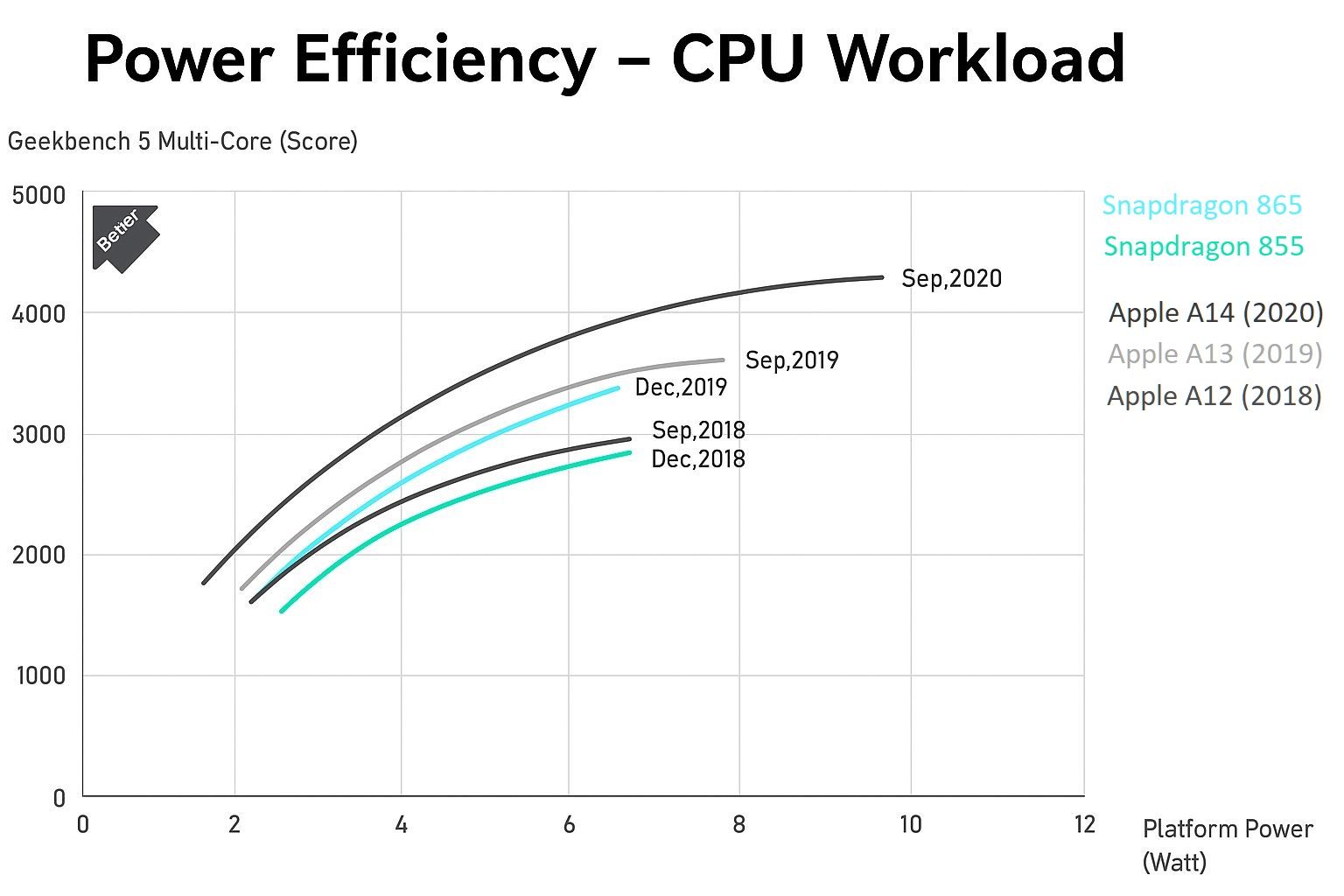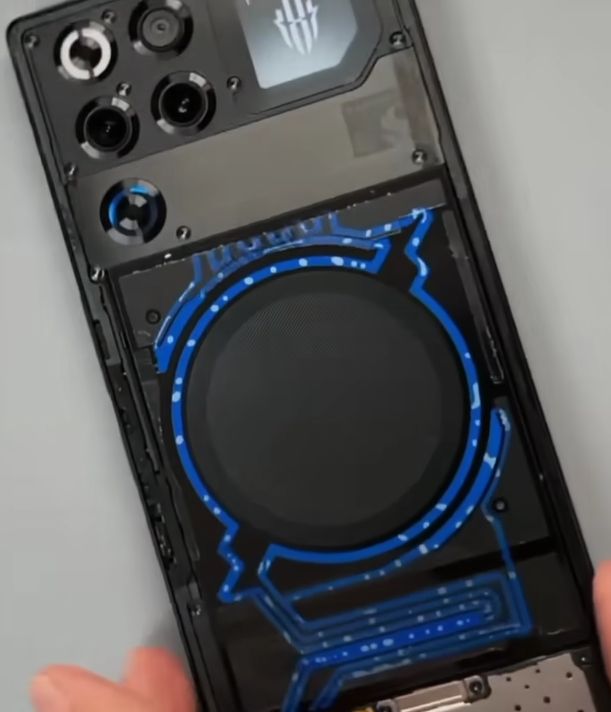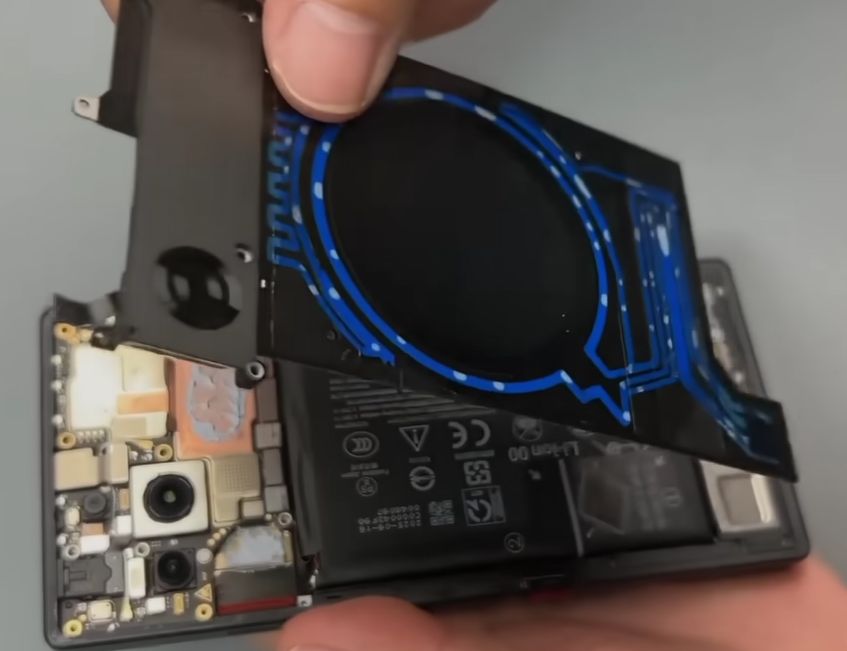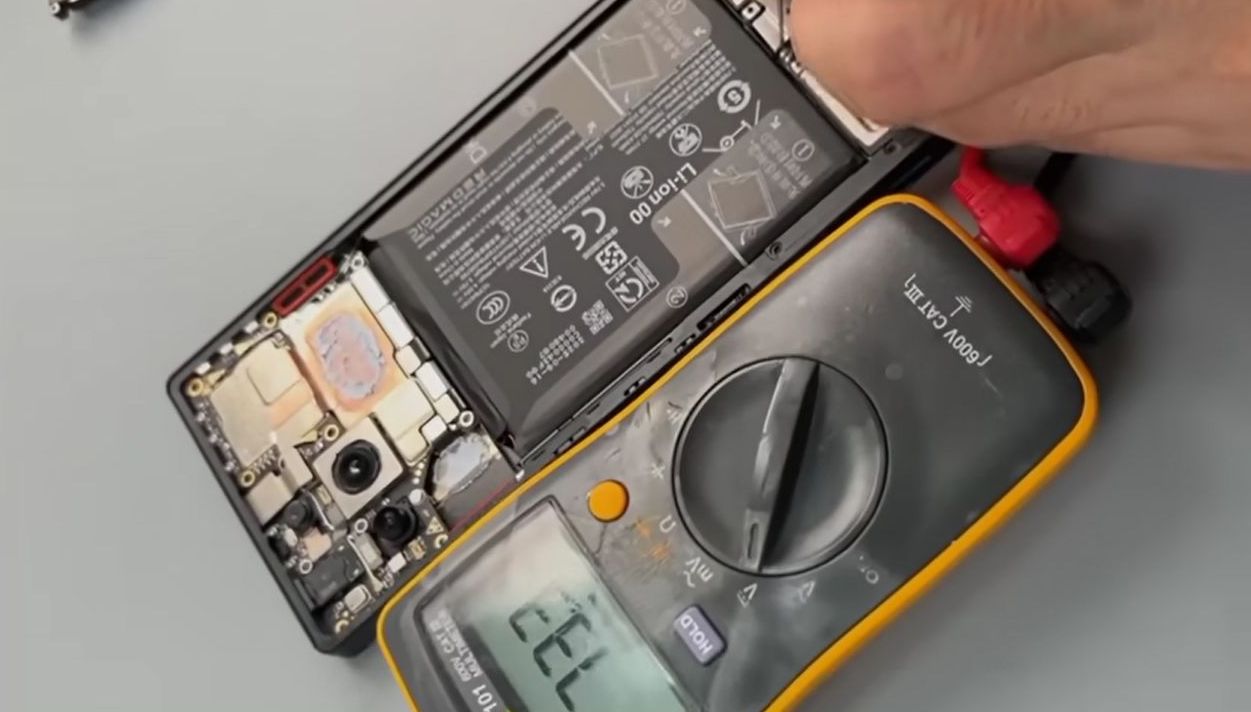Is liquid cooling in smartphone effective? iPhone was equipped with liquid cooling to explore outcomes
There is a subtle trend that hints: smartphones are becoming desktop computers. They’ve been trying this for over a decade, starting with the hardware mods like a laptop chassis with a smartphone inside (Motorola ATRIX 4G Laptop Dock). And Wired predicted: “In Less Than Two Years, a Smartphone Could Be Your Only Computer”. Unfortunately, vendors decided they wanted money, and preferred to keep such laptop docks as an optional expensive accessory rather that making them a default part of smartphone package.
However, smartphones continued their evolution towards a PC – using software mode to connect to standard hardware. User could simply connect keyboard, mouse and monitor to his phone to get a desktop PC. With USB-C connection capabilities have become even brighter. Samsung DeX software is, probably, the most famous among all other similar solutions (Motorola Ready For, Huawei Desktop Mode, Android Native Desktop) to use smartphone as a PC.
Moreover, mobile operation systems move towards getting features of desktop OS. Google has even confirmed its plans to push Android into laptops PC with Qualcomm processors. The iPad (based on iOS) is almost a Macbook now, and rumors exist Apple might merge iOS and MacOS.
Still, a major hardware problem persists: smartphones have very bad cooling, and that kills the idea of becoming a powerful substitution to a computer. You might think that phones have vapor chambers. But these don’t improve overall cooling, as these deliver heat to the phone panels made of glass or plastic – these materials have very poor ability to conduct and dissipate heat. Moreover, phone may be in a case, effectively lowering its cooling ability several times.
In last few years several smartphone models have been equipped with air cooling. Yes, these phones have a built-in fan. Some phone models supported an external cooling fan.
The problem is that direct air cooling requires a lot of surface area over the chip to be effective. With liquid cooling, on the other hand, heat drop-off may be placed almost anywhere, and hot liquid would be delivered via pipes.
Recently, a smartphone cooling breakthrough occurred - first ever smartphone with liquid cooling was launched. The RedMagic 11 Pro Plus actually has a liquid, channels for it to flow, and a pump. But was it a technical or marketing breakthrough? Does it really gives more cooling or that is just a pretty animated decoration? Should you retrofit liquid cooling to your iPhone? Here’s what was found out.
Why today more processor performance means more heat
The technology of silicon-based processors – and that virtually all processors existing today, – has reached the point where its progress almost halts. For consumers this means that manufacturers nowadays mostly cannot increase performance without increasing electric consumption.
But here is a caveat: from a physics standpoint, any processor is a simple heater. OK, not simple, but a very sophisticated and clever heated. Nonetheless, processors directly convert electricity into heat – that’s why a parameter of TDP (amount of heat produced) has a tight correlation with processor performance within identical processor architecture.
Apple just recently provided us with a great example of the statement above with its M4 and M5 processors. Macbook M5 Pro is on average 30% faster than Macbook M4 Pro. However within identical work load, M5 draws up to 1,5 times more energy as M4 does, as Space design warehouse channel showed.

Processors in smartphones also fall under this correlation between TDP and performance. A massive power efficiency test, conducted by Geekerwan in 2022, shows the 2021 flagship chip Snapdragon 8 Gen 1 turns out to be worse than the Snapdragon 865, which was announced back in 2019. The Snapdragon 8 Gen 1 delivers lower performance at the same power consumption. Moreover, it performs on par with the Snapdragon 855, released in 2018. To reach a competitive performance level, the Snapdragon 8 Gen 1 nearly doubled its power consumption – reaching almost 11 watts.

Apple’s iPhone processors also gain performance by boosting their battery drain. At that time, an average power draw was around 6-7 watts, and Apple A14 boosted consumption to almost 10 watts.

For context, smartphone has an average battery capacity of 18 Watt-hours. This means that if Apple A14 or Snapdragon 8 Gen 1 will run at their maximum (say 10 watts), they will discharge the battery in less than two hours. But this never happens in reality. Why? Because of bad cooling. Processors quickly overheat and start throttling their performance (drops about 30-50%), lowering the consumed power.
In some phones processors get so hot that they literally become dangerous. For example, Snapdragon 810 got so hot that in Japan buyers of Sony Xperia Z4, Sharp Aquos Zeta SH-03G, Fujitsu Arrows F-04G got advices how not to get burned. In other phones, like in Xiaomi Poco X3 Pro, processor destroys its solder connections with time, bricking the phone.
How RedMagic 11 Pro Plus cooling is designed
Marketing materials for RedMagic 11 Pro Plus cooling overwhelms with promises. Liquid metal, vapor chamber, fluorinated liquid cooling, air cooling with 24 000 RPM fan. And a cherry on top of that wowness – a 3.5mm Audio Jack! While other phone vendors complain there is no space inside the smartphone for 3.5mm Audio Jack.
Luckily, a Kingmi Mobile got RedMagic 11 Pro Plus soon after release and we can verify the efficacy of the liquid cooling design used in this phone.
What you see on the video is a blue liquid with white bubbles of air trapped inside. The phone’s page says about fluorinated liquid, and that can be so-called “dry water” (methyl perfluoropropyl ether), which does not conduct electricity and can be safely spilled over electronics. Some blue pigment was probably added for visual aesthetics.
The sticker hides almost all liquid cooling, leaving only fraction visible. Phone looks even better without the sticker.

The liquid cooling is a separate self-sustained unit, containing both liquid and the pump at pads’ bottom left corner.
 The pump is a piezoelectric one – it utilizes a property of a silicon plate to deform when voltage applied, acting like a micro syringe. This pump requires over 70 volts to function. For context: phone’s battery is 3,7 or 7,4 volts, phone LCD backlight utilizes 15-30 volts. The wall outlets in USA, Canada, Japan supply 110 volts. Piezoelectric arc in cigarette lighter is several thousand volts.
The pump is a piezoelectric one – it utilizes a property of a silicon plate to deform when voltage applied, acting like a micro syringe. This pump requires over 70 volts to function. For context: phone’s battery is 3,7 or 7,4 volts, phone LCD backlight utilizes 15-30 volts. The wall outlets in USA, Canada, Japan supply 110 volts. Piezoelectric arc in cigarette lighter is several thousand volts.

The pad has a minimal surface area of contact with air fan, and simply sits on top of the battery behind the plastic sticker and back glass cover – all of which should be referred to as heat insulators. However, this means it has minimal impact on cooling, and it is simply a hi-tech decorative pad.
Retrofitting liquid cooling to iPhone to see how the liquid cooling pas helps
Liquid cooling pad design allows it to be retrofitted to virtually any phone. This was confirmed when the liquid cooling pad was implemented into iPhone 17 Pro Max and iPhone XR.
The first (orange iPhone) demonstrated 2,456 million in Antutu in stock condition, and 2,652 million after liquid cooling pad was added. That’s less than 8% difference. The second (white iPhone) demonstrated even more marginal efficacy: 645368 and 641581 points respectively.
The RedMagic 11 Pro Plus got 4,144 million with liquid cooling pad in place and 4,124 million points without liquid cooling.
Some words before you close this page
Well, first mass produced smartphone with liquid cooling turned out to be a marketing gimmick.
Moving liquid on the back of the phone actually looks better than other such contraptions: Glyphs (light blinkers) on the back of Nothing Phone or OLED display on the back of Xiaomi 17 Pro.
RedMagic designers should have kept the idea of colorful liquid with white air bubbles, but they should have told the truth – its only for visual pleasure, not for actual phone cooling.

